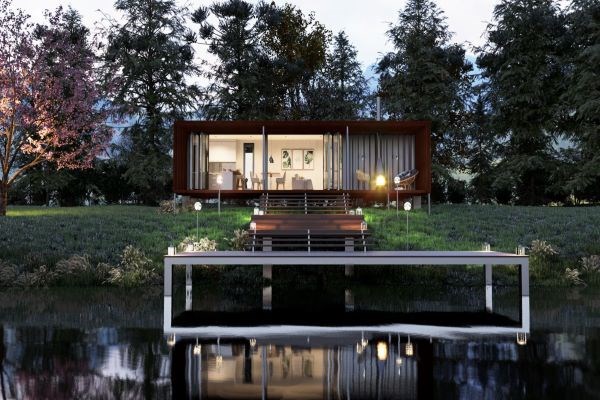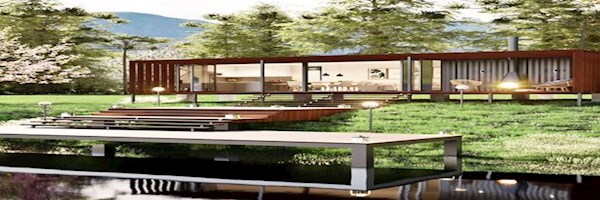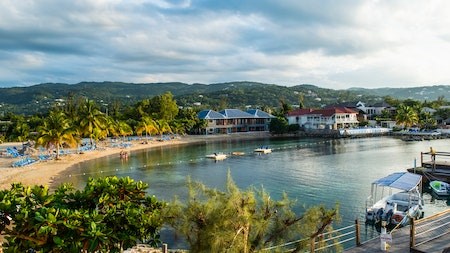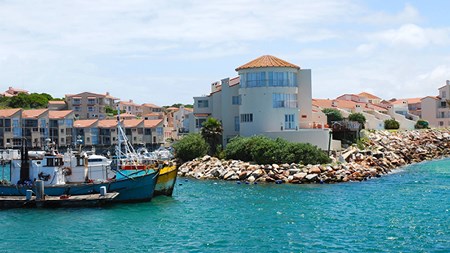Converted shipping containers, which have popped up in many places especially in the townships as ready-made spaza shops, are appearing even more in cities as designer homes, luxury hotels, and even as a shopping mall.
The 27Boxes Shopping Centre is a R30 million used-container development on the corner of third and fourth avenues in Melville, Johannesburg, providing 2 400m2 of retail space for more than 80 tenants. The retail centre comprises more than 100 converted shipping containers with the name - 27Boxes - comes from the fact that each container provides just over 27m2 of space.
Citiq (Pty) Ltd, a privately owned investment and property management company, is the developer and owner of the centre. Futuregrowth Asset Management funded Citiq through debt and equity investment in the business totalling R850m.
Designer container homes
The small homes movement has been around for some time but the new trend is towards micro-homes that are popular as full-time residences for millennials and senior citizens who prefer not to sacrifice comfort along with space.
Interior designer, Hendrik Weideman of HW Studios (www.hw-studios.com), says that would-be homeowners are exploring alternatives to traditionally-built houses and apartments, including customised shipping containers.
“Given the opportunities these present for recycling and living off-grid, local authorities are increasingly accepting them and creating appropriate safety standards for their use, and some banks are also funding them.
“A properly designed container home is practically indestructible - even stronger than homes built with traditional materials,” says Weideman, whose firm has designed several stylish container homes, which are currently being constructed.

Pros
Shipping containers are fireproof, floodproof, and affordable to buy and maintain – and with millions of pre-owned containers all over the world, they are easy to come by.
Other benefits of shipping container homes include:
Affordability – A furnished two-bedroom container home with off-grid facilities can cost under R500 000.
Short construction time - Converting a container into a home takes three to four months, compared to around 18 months for a brick and mortar home.
Easily modified and upgraded - Which makes adding rooms or entertainment decks relatively simple.
Require less maintenance than conventional homes - Maintenance is simplified with removable panels allowing easy access to plumbing and electrical installations.
Superior insulation - Containers have a high R rating – up to 6 or 7 – which is considerably superior to bricks and mortar homes.
Easily moved - Container homes can be easily moved, if necessary.
Cons
Weideman cautions that container homes are not suited to every design application.
Some of the shipping container negatives include:
Limited design options - Some architectural designs are better suited to conventional building methods.
Municipal - Municipal approvals are more difficult to obtain for container homes - However, this is gradually changing as local authorities increasingly recognise the quality of these homes.
Banks - Banks are still reluctant to provide home loans for container homes, but some – like FNB - are now considering them. However, specialist financiers are ready to provide loans repayable over shorter periods than conventional home loans.
Building regulations
Weideman says that building safety regulations regarding the load and integrity of the container home are applicable. If you alter the container to become a dwelling by adding plumbing and electrical wiring, then the municipal zoning and use regulations are also applicable.
“Generally, container homes are constructed off-site and most of the building code inspections are carried out at the factory so they are delivered with approvals in place,” says Weideman.
“We conform to technical requirements like NHBRC registration, and the use of an accredited professional team of builders and engineers is essential. With the right design, a little creativity, and quality finishes, you can create a structure that is superior to many traditional homes at a fraction of the cost and with a much shorter construction time.”







